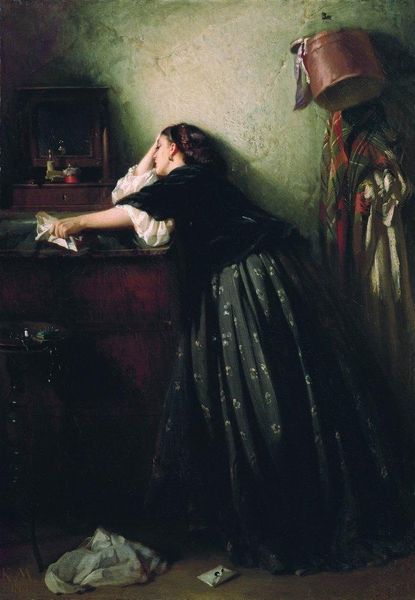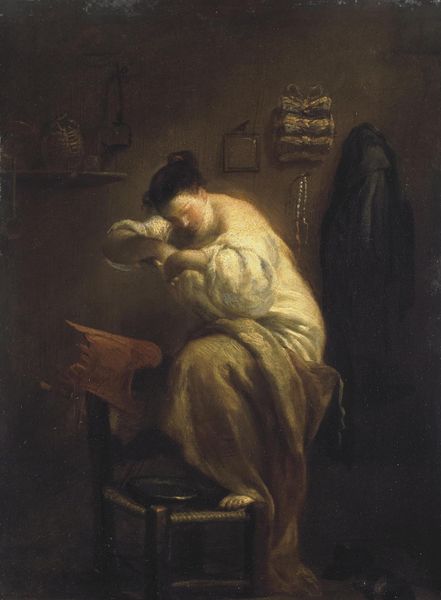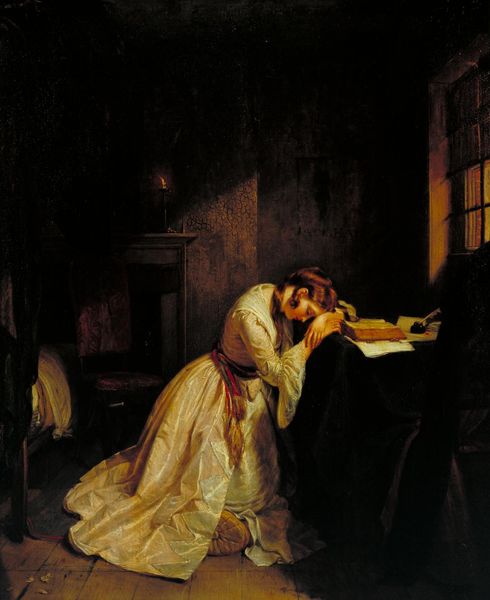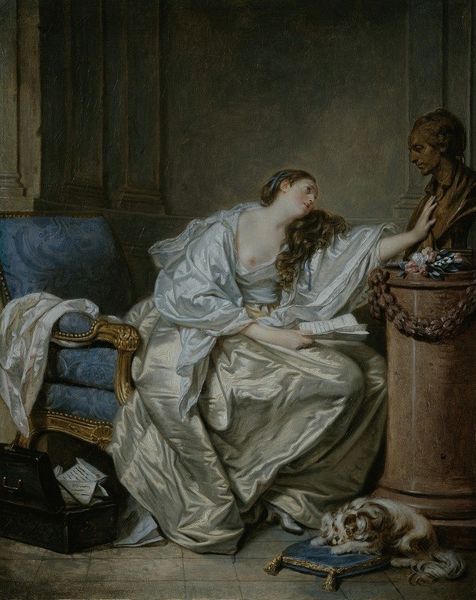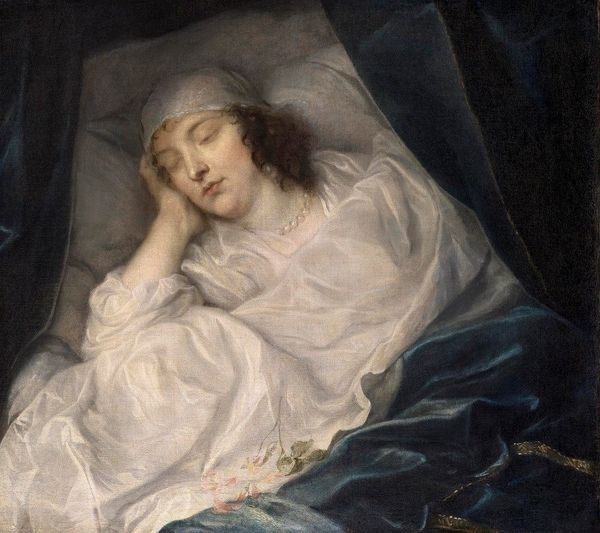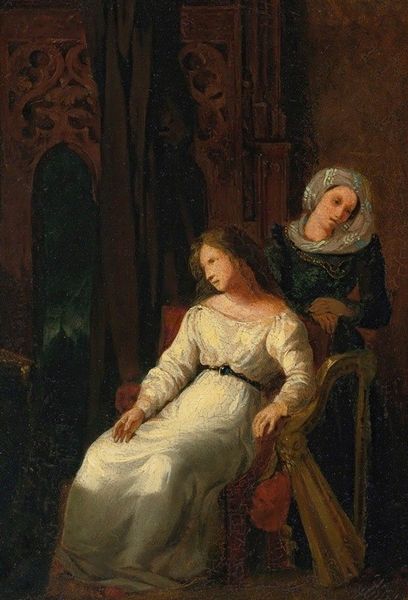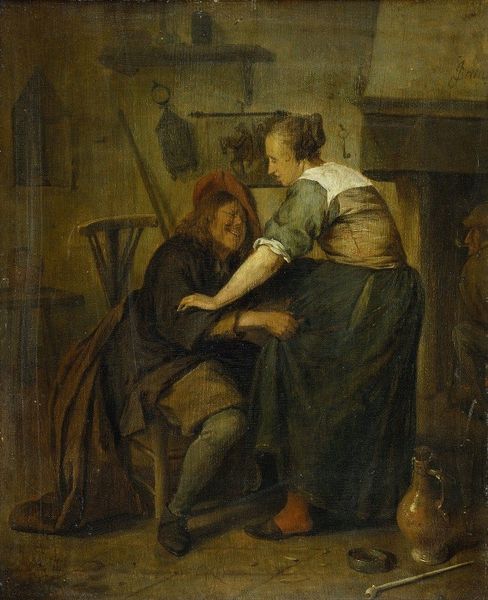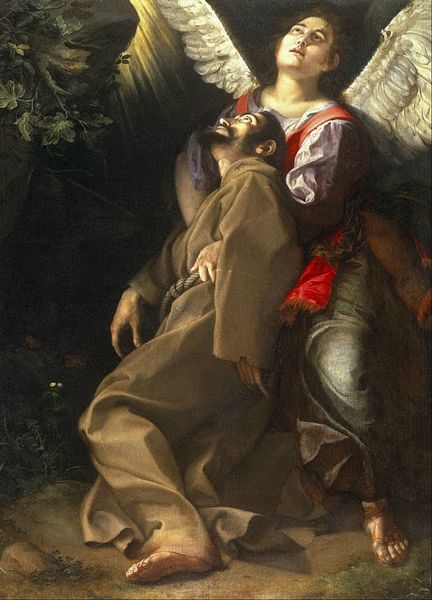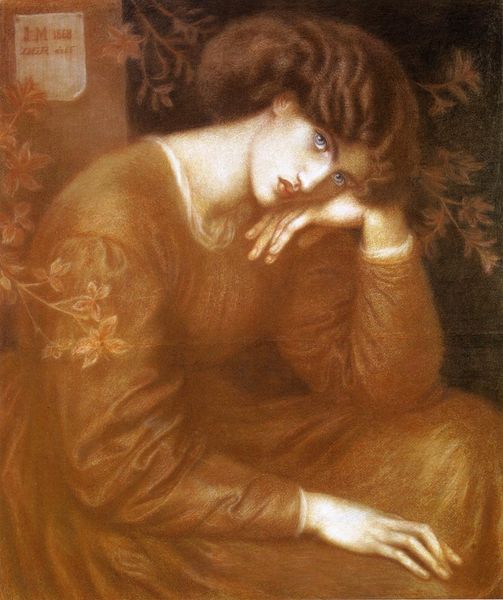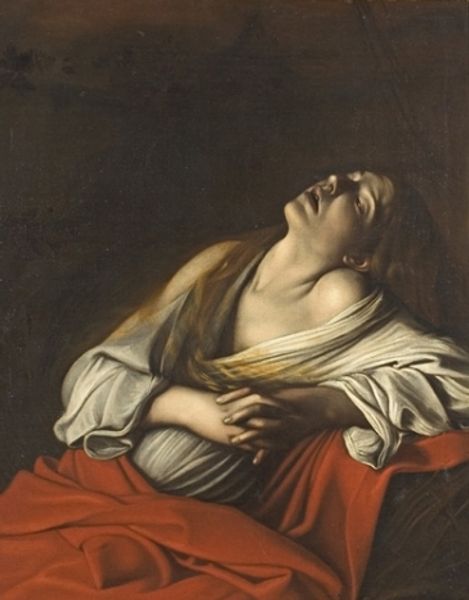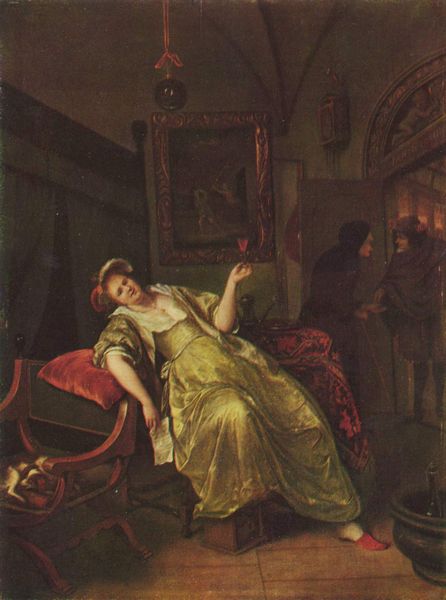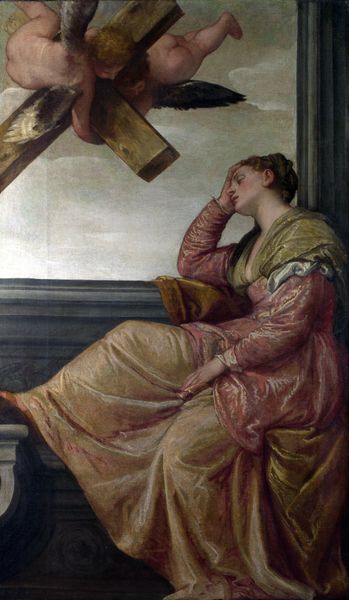
oil-paint
#
portrait
#
dutch-golden-age
#
oil-paint
#
oil painting
#
intimism
#
genre-painting
#
realism
Copyright: Public domain
Editor: Pieter Codde's "Woman Combing Her Hair," painted around 1635 using oil paint, strikes me as a scene of quiet intimacy. There's something very personal about it, almost like a glimpse into a private moment. What do you see in this piece? Curator: I see echoes of ancient Venus imagery. The act of a woman adorning herself, especially her hair, has been loaded with meaning for centuries. Think about Venus, rising from the sea, wringing out her hair – a symbol of beauty, fertility, and allure. Codde’s woman isn't as overtly sensual, but the association remains. What does the lute suggest to you? Editor: Well, a lute often signifies harmony, romance, perhaps leisure time for music-making and courtship. But what if we consider that it is not in use? Curator: Exactly. Consider how the objects around her – the lute, the mirror, the discarded cloth – create a story. Are these objects symbols of vanity, love, wealth or something else? Or are they remnants of rituals and roles from which she is retreating, in this moment of solitude? Her focus on her own self-care implies the cultivation of a private, inward-turned identity. Editor: So it’s not just about beauty, but about a woman defining herself? The hair acts as an anchor point and she can let all the rest of it just disappear, because we do not even know where she is. The grey-green wall emphasizes it all. Curator: Yes, there is so much to ponder in that choice of colors and light; in fact, this moment of grooming, so simply portrayed, represents a radical, emerging individualism that continues to resonate today. Editor: I never considered the historical and psychological implications of hair-combing! I leave this with so much to reflect on about its relevance.
Comments
No comments
Be the first to comment and join the conversation on the ultimate creative platform.
